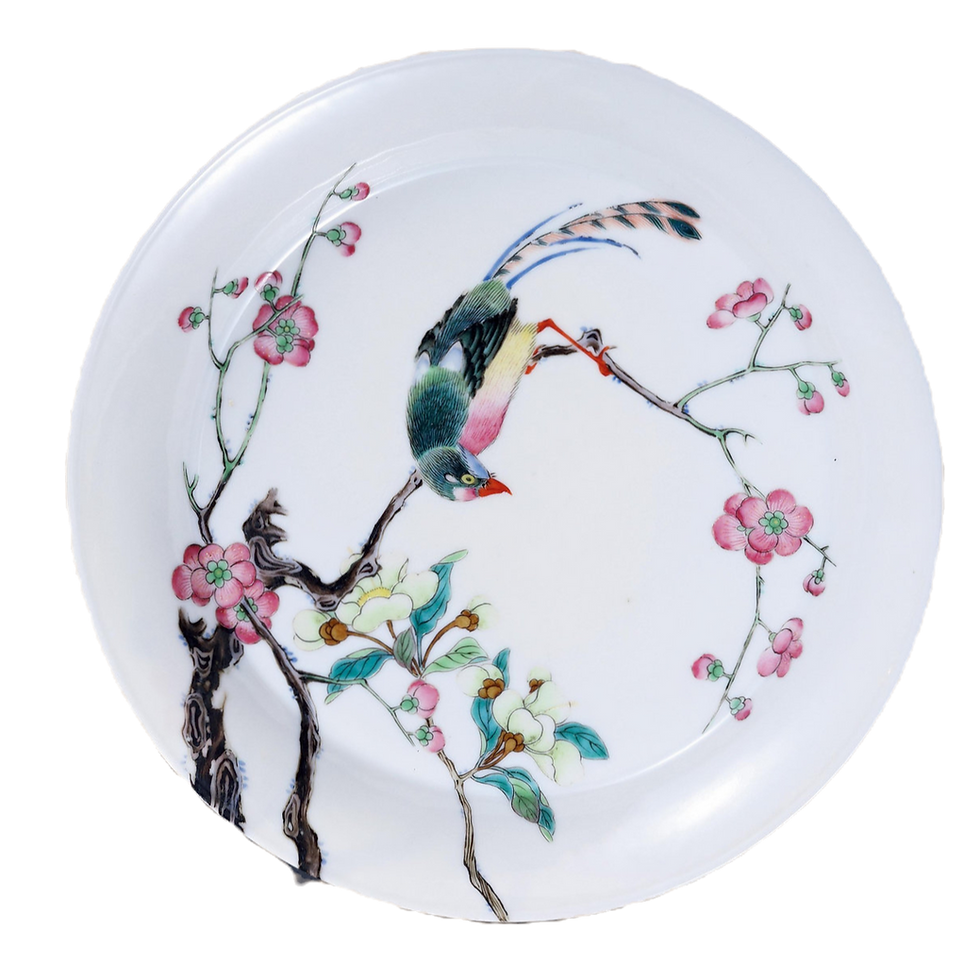A Mysterious Encounter with Outsider Art
- Philippe Smolarski
- Apr 29
- 3 min read
Yesterday at Moon Rabbit Art, I received an intriguing phone call. The woman on the other end spoke in hushed tones about "a private question" regarding some artwork. Her manner was deliberately enigmatic, and when I suggested she might email a few images for my preliminary thoughts, she politely but firmly declined. "This needs to be seen in person," she insisted, a note of both protection and vulnerability in her voice.
My curiosity was piqued. In the art business, mystery often precedes discovery, and after years of experience with outsider art, I've learned to recognize when something unusual might cross my threshold. We arranged a meeting for the following morning.
She arrived promptly at 10 AM, dressed conservatively in muted grays, clutching a large portfolio case against her chest like a shield. After brief introductions over tea, she carefully—almost reverently—began to extract watercolors from the worn leather case. What emerged took my breath away.
The portfolio contained nearly thirty watercolors, pure Art Brut in their rawest form. Each piece exploded with chaotic energy and fractured imagery—vibrant, unsettling, and utterly captivating. Colors collided and bled into one another, populated by strange symbols, cryptic handwritten phrases, and fragmented figures that seemed to shimmer between representation and abstraction. None bore signatures, yet all shared an unmistakable, distinctive hand.
Only after I had examined several pieces did she finally share their origin. "These belonged to my mother," she said quietly. "She was diagnosed with schizophrenia in her early thirties and spent the last twenty years of her life in a psychiatric hospital. These were created there."
Her question emerged hesitantly: "I need to know—was my mother an artist? Are these just the meaningless doodles of a disturbed mind, or do they have genuine artistic value?"
In my thirty years in this field, I've fielded countless queries about basement-found paintings, thrift store discoveries, and family heirlooms. But this consultation felt different—more delicate, more profound. The woman wasn't seeking monetary appraisal but something far more valuable: understanding and validation of her mother's interior world.
I explained that the border between what we call "sane" and "insane" art is remarkably blurry, perhaps even artificial. The works of celebrated Art Brut masters like Adolf Wölfli, Aloïse Corbaz, and Henry Darger emerged from similar circumstances—each created by individuals who experienced profound psychological conditions that placed them outside conventional society. Their work wasn't diminished by their conditions but perhaps made more authentic through them.
What struck me most about her mother's work was its sophisticated visual language—recurring motifs woven into complex compositions that suggested not random "doodles" but a coherent, if highly personal, symbolic system. The vibrant color relationships showed remarkable intuition, while the spatial arrangements created dynamic tension that many trained artists spend lifetimes trying to achieve.
"Your mother wasn't just making art," I told her, watching as tears formed at the corners of her eyes. "She was developing an entire visual vocabulary to express experiences that words couldn't contain. There's tremendous intention in these works—they weren't created to please critics or fit into art markets, but to process and communicate profound internal realities."
As she gathered the pieces to leave, visibly moved by our conversation, I found myself contemplating how often our most powerful artistic expressions emerge not from our composure but from our fractures. The woman thanked me, mentioning this was the first time she'd felt connected to her mother's experience rather than separated by it.
As Jean Dubuffet, the pioneer who championed Art Brut, once wrote: "True art always appears where we don't expect it, where nobody thinks of it or pronounces its name." Today, at my office, I was reminded why I chose this path—to witness the moments when art transcends labels and bridges seemingly unbridgeable divides.




Comments